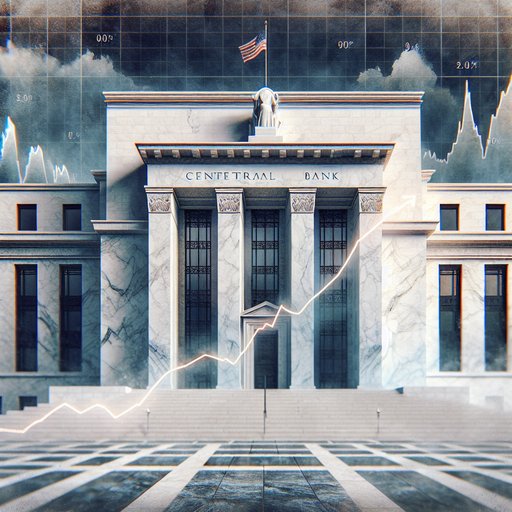
On July 23, 2025, global financial markets responded swiftly to a new decision by a major central bank to cut interest rates. The move, aimed at bolstering economic momentum in the face of trade uncertainties and evolving fiscal policies, had an immediate effect on key asset classes and investor sentiment. Notably, the price of gold surged within 48 hours as traders recalibrated their positions and weighed the longer-term implications of the central bank’s latest policy adjustment.
The latest rate cut by the US Federal Reserve marked a significant shift in the central bank’s approach, reflecting a renewed emphasis on stimulating domestic economic activity amid ongoing tariff negotiations. The decision led to wide-ranging discussions among policymakers and market participants regarding the timing and magnitude of future reductions, especially as divergent views emerged among Federal Reserve officials about the direction of monetary policy [1]. Amid this evolving landscape, investors sought clarity on how deeply rate cuts might support growth in the second half of 2025.
In response to the rate cut, gold prices posted robust gains. Within 48 hours of the announcement, gold rose as traders sought safe-haven assets in anticipation of potentially greater economic volatility and further monetary easing. The move underscored the precious metal’s enduring role as a hedge against inflation and uncertainty, even as officials debated the best policy path forward. Market participants increasingly viewed gold as a reliable store of value, particularly as central banks around the world pondered similar measures to support their economies [1].
The Fed’s action reverberated beyond financial markets, triggering renewed scrutiny of the central bank’s decision-making process. Public officials and policymakers weighed in, debating whether the recent shift aligned with broader economic goals and the interests of American households and businesses. As these discussions unfolded, the central bank faced new challenges in communicating its rationale and maintaining public trust against a backdrop of political and economic debate [1]. Nevertheless, the Fed reaffirmed its commitment to using all available tools to support sustainable growth.
Despite initial volatility, optimism about the medium-term outlook gradually surfaced as investors and economists considered the potential benefits of lower borrowing costs. The rate reduction was seen by some as a proactive measure to safeguard the expansion and encourage investment, particularly if complemented by prudent fiscal policy. As markets absorbed the new policy stance, hopes remained high that the move would help sustain economic momentum while giving households and businesses fresh reasons for confidence in the months ahead.
























